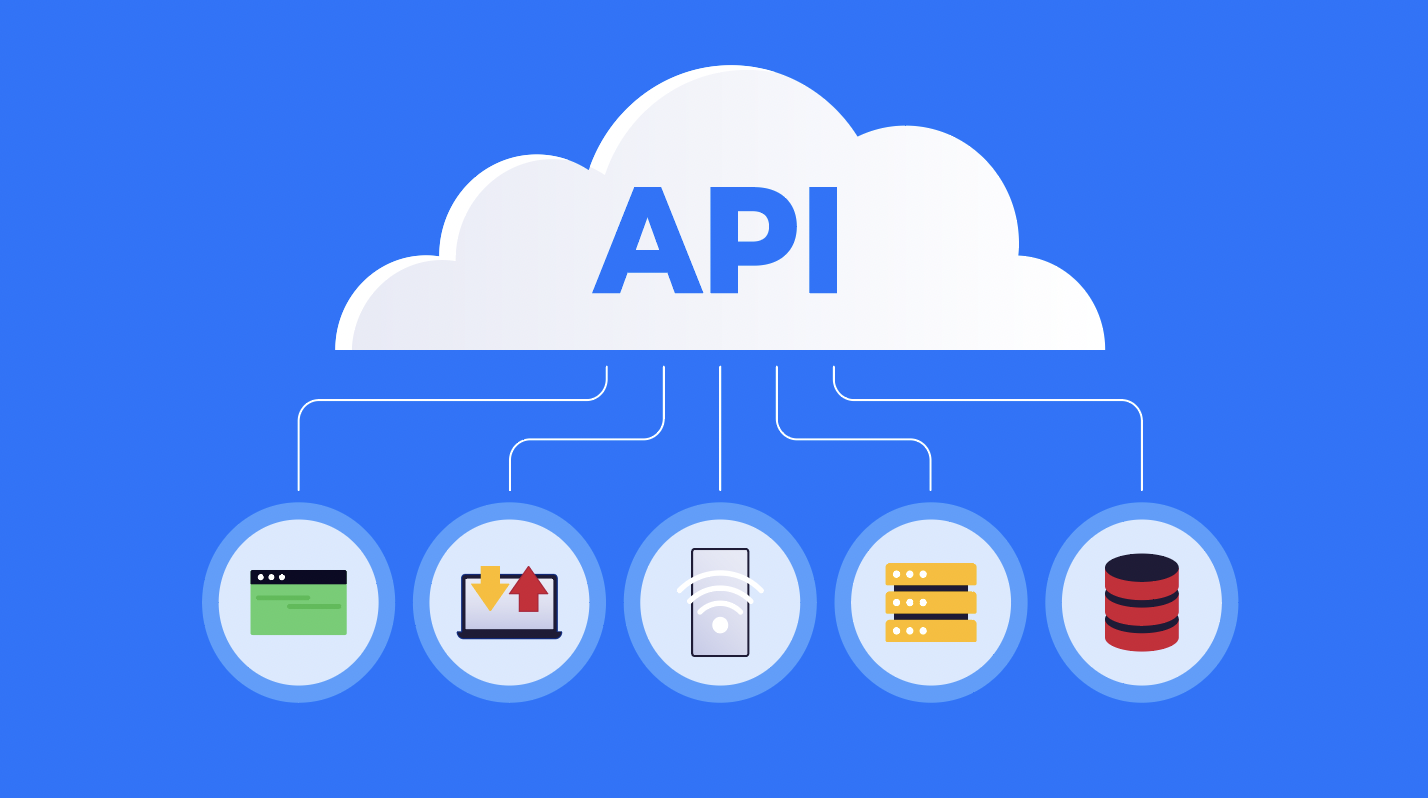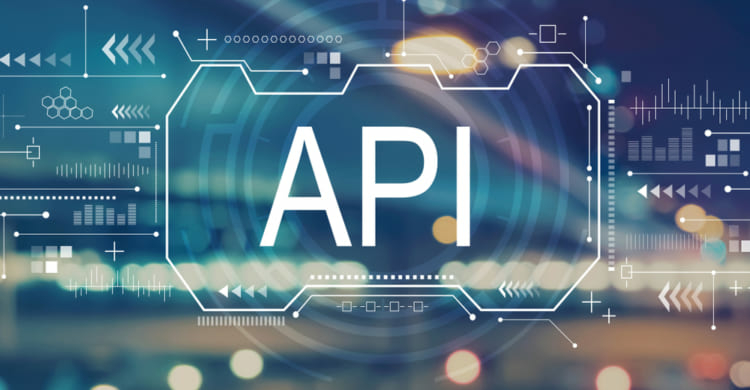The term API linkage library is a set of definitions and protocols for building and integrating application software, sometimes referred to as a contract between the information provider and the information user - creating the desired content from the consumer (call) and the required content by the product (response), and to learn more about the term API linkage library, we invite you to continue reading.

API Connecting Library Concept
The API linkage library is a mechanism that enables two software components to communicate with each other using a set of definitions and protocols, the abbreviation API refers to the API, and in the context of APIs, the word "Application" to a programme with a distinct function, "interface" can be considered as a service exchange contract between two applications. This contract specifies how these two applications communicate with each other using requests and responses. API documents include information on how developers design these requests and responses.
Advantages of API Interconnection Library
Organizations need their applications and databases to communicate effectively with each other in order to maintain data synchronization and the operation of comprehensive automation processes. Here lies the importance of the API connectivity library, in addition to the following benefits:
1. Innovative automation
API linkage library integrations can enable a variety of comprehensive automation processes. For example, using API integration, you can connect your ITSM tool (such as ServiceNow) to a storage solution (such as Amazon S3), a machine learning platform (such as Amazon SageMaker), and a business communication platform (such as Lack).
2. Enhances customization
The API connectivity library improves customization by allowing developers to access and use data and functions from other applications, and in this way, developers can customize website or app content to suit users' and visitors' needs, making the user experience more flexible and personalized.
3. Increased productivity
The API linkage library or APIs act as valuable tools in amplifying developer productivity. They systematically reduce the burden of repeated tasks by offering pre-configured functionality, for example, when you integrate CRM with an email tool using the API, you basically connect two different software systems to operate as one coherent unit.
4. Improve customer experience
The API connectivity library allows companies to provide a variety of services in a short period of time. Thanks to APIs, developers can build experiences that meet customers' expectations, leading to countless possibilities. The integration of the API connectivity library can help facilitate customers' access to the data or services they need.
5. Preventing human errors
Forcing employees to perform error-prone manual tasks, such as copying and pasting data across applications, can create subsequent problems, and since API linkage library integration processes can automatically transmit data across applications, employees will not have to perform many of these arduous manual tasks. In their turn, they can avoid the negative consequences of doing so.
How does the API connecting library work?
The connecting library (API) allows access to remote application functions or data from another application, via a standard application interface, where the desired software receives a request in a global language, and this language used by the API connecting library interfaces allows the targeted software to understand the request and then transfer the required data.
The API connectivity library allows a product or service to communicate with others without knowing the details of how it works, it facilitates the development of applications, saving time and money and reducing integration time, it is used in many programs, it looks like a construction group and offers parts of functions that can be integrated into different applications.
We can bring you closer to the API connectivity library's working mechanism through this example: When you log into Facebook from your phone, you tell the Facebook app that you want to access your account, Mobile app makes call to API link library or API recall, to recover your Facebook account and credentials Facebook then accesses this information from one of its servers and sends the data back to the mobile app, This type of API connectivity library, called Web API, is the most common, but it is limited to the web.
The API linkage library also relies on the customer's server structure, therefore, the client assigns the app that sends the order, while the server conforms to the app that sends the response.
The API connecting library works on different styles of architecture, the most famous of which is REST (Representative Status Transfer), RPC (Remote Action Summons) and SOAP (Simple Object Access Protocol), the REST APIs also allow the customer to submit a request in the form of data to the server, and using client data to perform internal functions, the server transmits output data, REST APIs can adapt to different data formats such as JSON or XLM.
How to use the API connecting library?
The purpose of the API connectivity library is to improve information security and facilitate access to the data required to make sound business decisions, but unfortunately, ease of use is relative, and people who are not IT professionals may be disappointed at the prospect of learning to use the API connectivity library.
How to choose the appropriate API splicing library
Before using the API linkage library, developers must make sure to choose one suitable, the appropriate API is an API that can make better profits for the business, the choice of the API linkage library depends on the following:
- User programming model
- Purpose of API
- Types of data to be exchanged
- Communication structure
- Programming language in which data and services are written
- Required Security Level
- Budget
Many API interfaces with the Fremium model are also available, for new people using the API, it's interesting to start with this kind of interface in order to learn about the programming world.
Conclusion:
You can think of the API connectivity library as a broker between users or customers and the resources or web services they want, it is also a way for the organization to share resources and information while maintaining security, control and authentication - Who has access to what, and in addition to another feature of the API connecting library is that you don't have to know the cache details - How your supplier is recovered or where it comes from.

Add New Comment